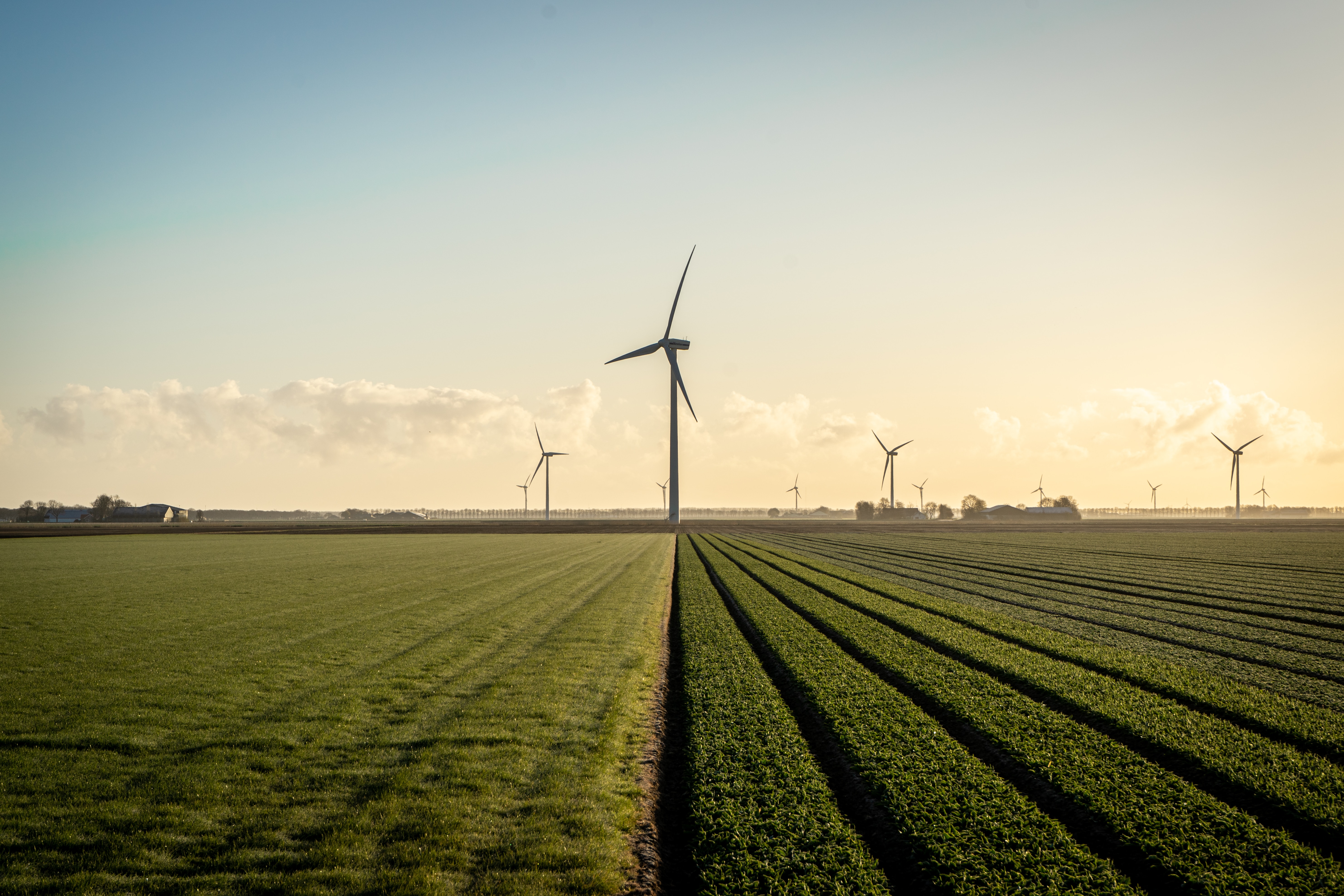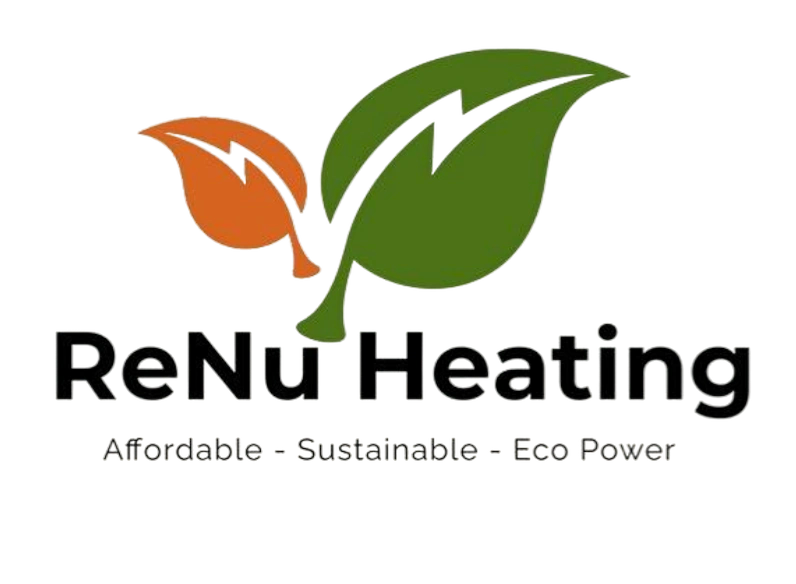What is a solar photovoltaic system?
Solar Electricity , also known as Solar Photovoltaic (PV) Energy, is energy sourced directly from sunlight via solar panels. A solar panel (photovoltaic cell) absorbs light particles in the sun’s radiation and converts them into Direct Current (DC) electricity.
A solar photovoltaic system is a sustainable, low maintenance option for anyone who wants to contribute to a greener environment.
With no noise pollution and no release of harmful gases, solar systems may help reduce your carbon footprint.
Solar photovoltaic systems have become incredibly smart technology and may give significant savings on your energy bills as well as reducing your reliance on the National Grid, and can even become a source of income with various incentive schemes offered by energy companies.
We work with the best suppliers to install and maintain your Solar energy system, get in touch to see how we can help you become more energy efficient.
How do solar panels work?
A solar PV panel consists of many cells made from layers of semi-conducting material, most commonly silicon. When light shines on this material, a flow of electricity is created.
The cells don’t need direct sunlight to work and can even work on cloudy days. However, the stronger the sunshine, the more electricity generated.
Solar PV systems are made up of several panels, with each panel generating around 355W of energy in strong sunlight. Typical systems contain around 10 panels and generate direct current (DC) electricity. Because the electricity used for household appliances is alternating current (AC), an inverter is installed along with the system to convert DC electricity to AC. This electricity can be used throughout your home, or exported to the grid.
The pros and cons of solar panels:
What’s great:
- Solar panels cut your electricity bills.
- Much better for the environment – cutting your home’s CO2 emissions and improving local air quality.
- You receive payments for the extra energy you generate.
What can be a challenge:
- You may not have enough space to fit solar panels. The average system size is around 3.5kWp which will take up around 20 square metres of roof space.
- An unshaded, south facing roof is ideal for maximum output. Solar panels are not recommended for north facing roofs. A system facing east or west will produce around 15-20% less energy than a south facing one.
- If you live in a listed building, conservation area or national park, planning restrictions may apply.
There is no charge for a survey and quotation.
How much will it cost?
Obviously, every installation is unique and we want to make sure you get the most system for the best price. We always provide a competitive quote.

